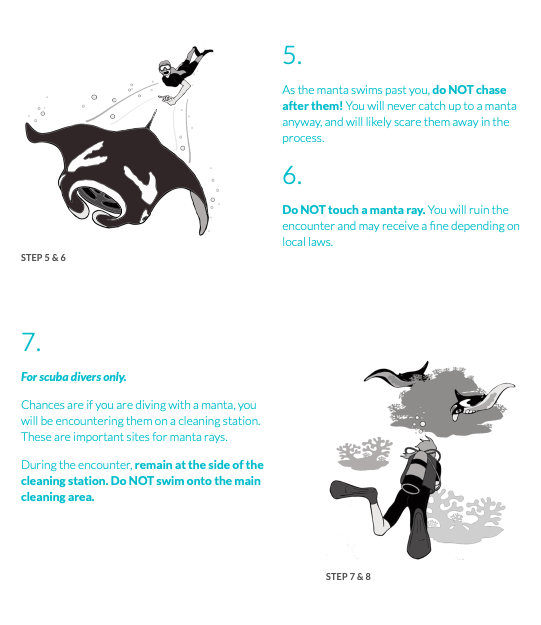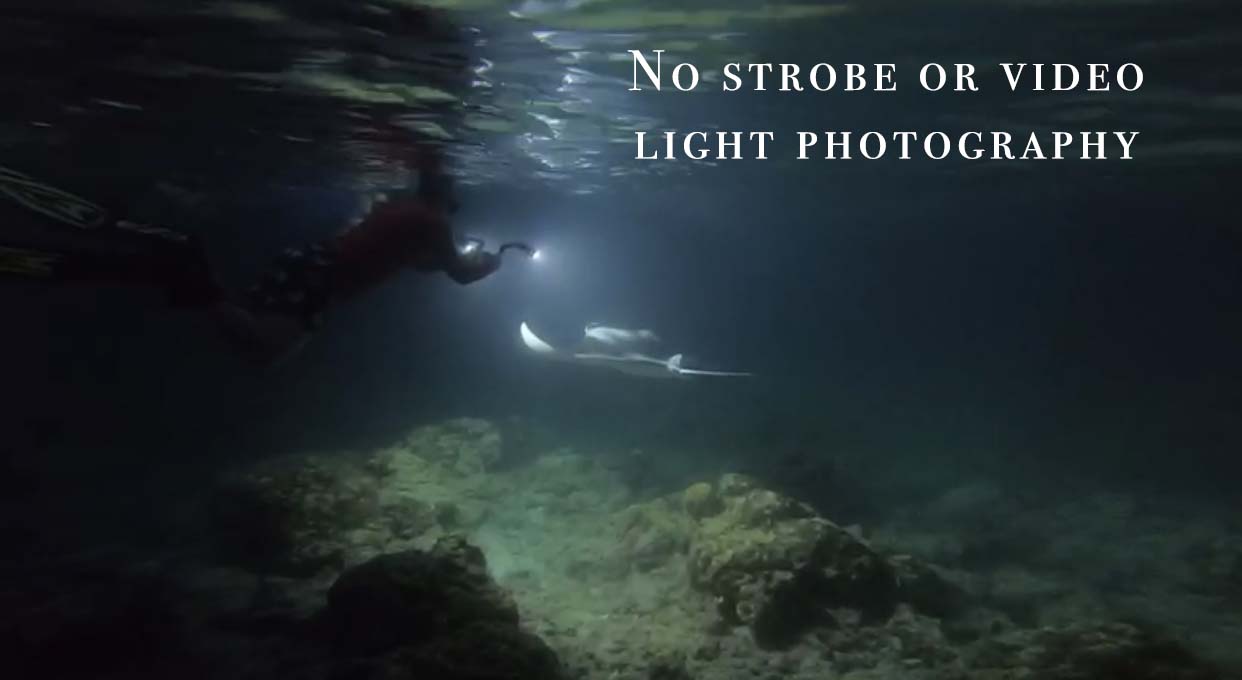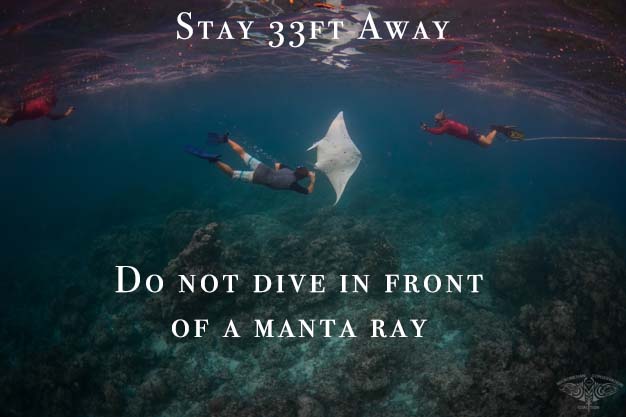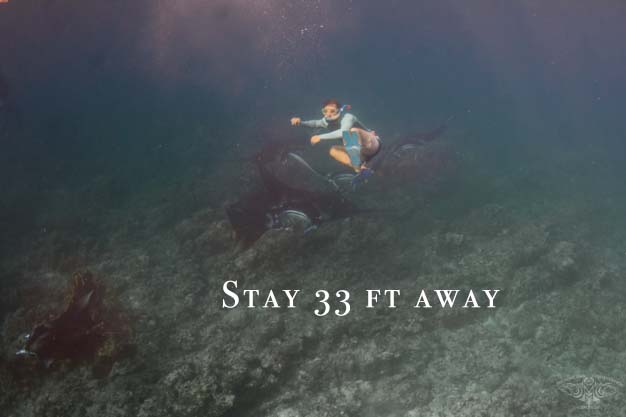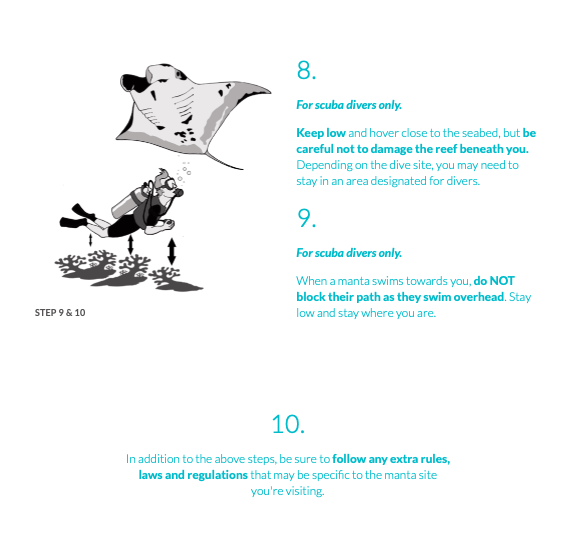Swimming with Guam's Manta Rays
Over the past month, many snorkelers and paddle boarders have seen our Guam manta rays gliding and feeding along the western central side of our island. The global pandemic and its fallout has increased our isolation and boredom. This takes many of us outside as we desire to uplift the soul and get back in touch with nature. Between this and social media frenzies over manta rays, people have started coming over to the reef to seek out manta ray interactions. Unfortunately, this has resulted in a congesting of seekers that are disrupting the manta rays natural behaviors.
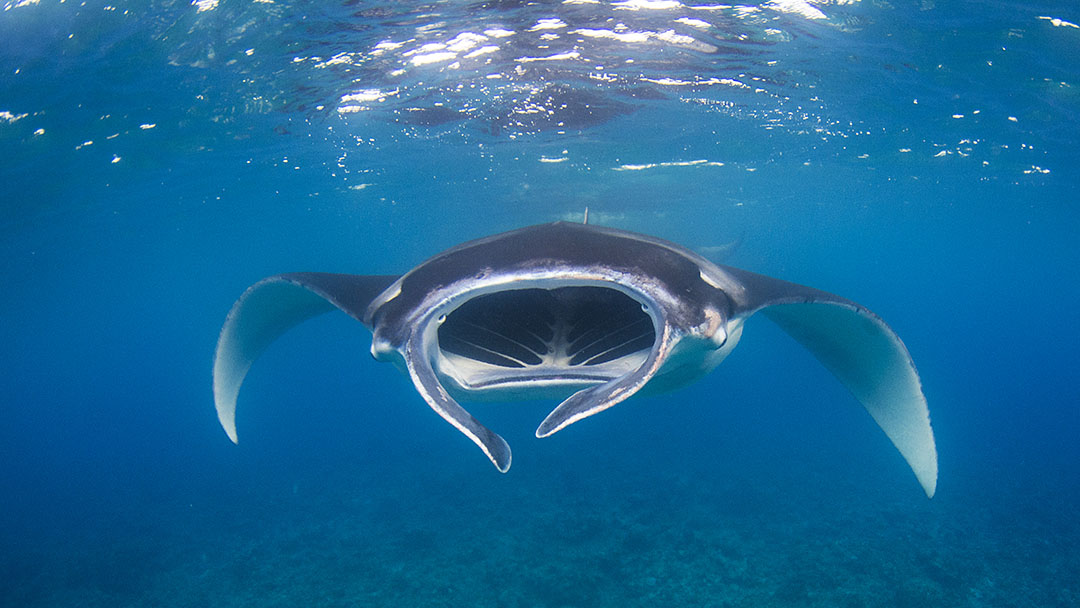
Guam's Mantas
Our Guam manta rays are very unique for several different reasons.
First, we have a micro-population with only 53 different individuals documented over the past ten years. A typical “small” population is around 300 individuals, so our population is comparably very small and therefore highly susceptible to any threat, either man-made or natural. In addition, because of certain physical features, our Guam manta rays are thought to be a possible hybrid between the reef and pelagic manta rays (this is active research in progress).
The third reason is that our manta rays have been documented targeting certain fish aggregations to feed off fish spawn. This is a special, ecological food chain connection which was filmed last year and featured in a documentary. This makes our manta rays very special, and through active research we are trying to understand how their uniqueness connects to manta ray science around the globe.
These three things combined with reef manta rays listed as a vulnerable species under the ICUN Red List, their listing under CITES I and II, and the pelagic manta rays listed as an endangered species, has led to our plea for community help. Manta rays are large, live long (at least 40-50 years), slow growing, late to mature animals (8-10 years), long pregnancies (13 months), and only having one pup every 2-3 years. All these biological descriptions make them very susceptible to any threat or disruption.
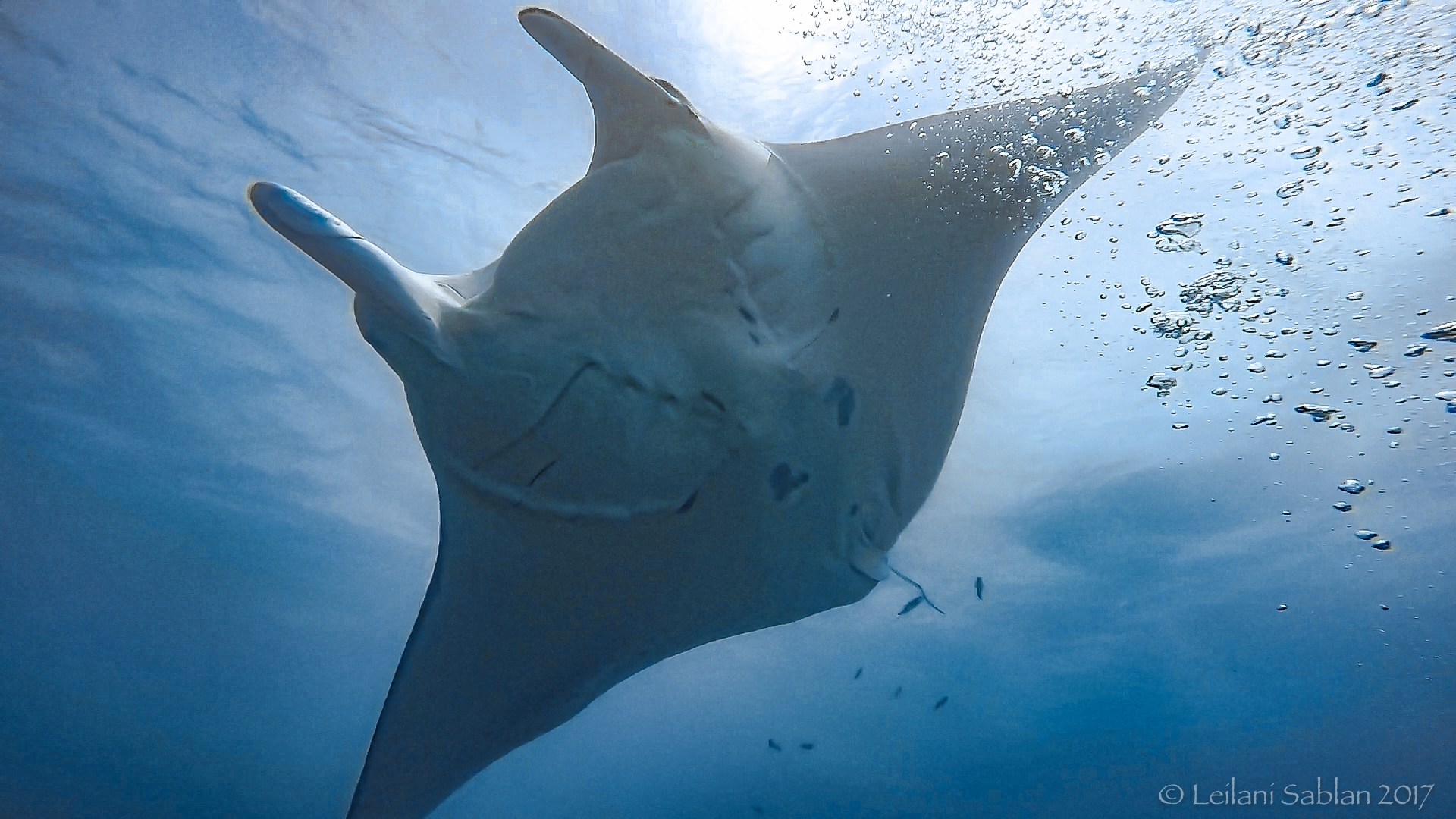
Should I Swim with the Mantas?
Snorkelers or paddles boards congregating at one time creates a “hard surface” on the water. Creating a “hard surface” on the water makes it impossible for mantas to exhibit natural behaviors in smaller, shallower areas.
This negatively impacts the mantas as they feed around the reefs and cruise along the ocean surface to feed. Also, human presence impacts the mating patterns of mantas, as they move from the ocean deep to the surface, sometimes involving individual mantas leaping out of the water. The influx of people coming to the research sites also makes it difficult for our team to conduct research, as the presence of many people (along with the sounds and disruptions they may make) has a direct impact on the manta rays’ behaviors.
Finally, when researchers are in the water, excessive onlookers can disturb vital science. The work MCC and other scientists are doing around the globe are for the sake of preserving and protecting the ocean. You can do your part by following our guidelines for a respectful interaction with marine megafauna.
Please consider these possible consequences when deciding to go out for a snorkel, swim, paddle or dive around manta ray habitats. See our guide below for what to do when you do see manta rays.
How to Interact with Mantas
How NOT to Interact with Guam Mantas

